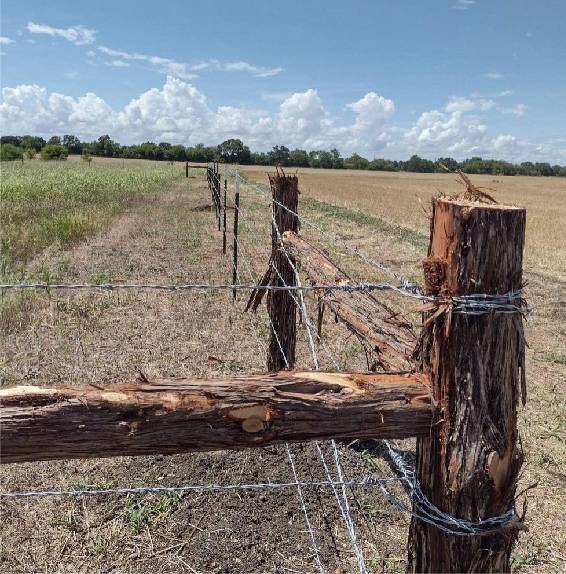Standard Barbed Wire Specifications and Applications for Security Fencing and Agricultural Use
The Standard Barbed Wire A Versatile Solution for Fencing Needs
Barbed wire, often seen stretching across fields and securing properties, has played a crucial role in agricultural and industrial settings. The standard barbed wire, characterized by its sharp-edged barbs along the strands, is not just a simple fencing tool; it is a significant innovation that has transformed the way we think about perimeter security and livestock management. In this article, we will explore the history, construction, applications, and advantages of standard barbed wire, shedding light on its importance in today’s world.
A Brief History
The inception of barbed wire dates back to the late 19th century. In 1867, a man named Joseph Glidden patented a design that included sharp barbs set at intervals along the wire. This simple yet effective invention quickly gained popularity among farmers and ranchers in the United States. Prior to the introduction of barbed wire, fencing was labor-intensive and costly, often involving wooden posts and rail fences. Barbed wire provided a lightweight, affordable alternative that could be produced in long lengths and installed quickly. The Great Plains saw a rapid expansion of barbed wire use, effectively changing the landscape of cattle ranching and agriculture.
Construction and Design
Standard barbed wire is typically made from high-tensile steel wire, which offers durability and resistance to corrosion. The wire is twisted together to form two or more strands, with barbs spaced evenly along the length. The barbs themselves are sharp protrusions protruding from the main wire, designed to deter animals and intruders alike. The standard spacing of the barbs and the gauge of the wire can vary based on the intended application and level of security needed. Generally, the more closely spaced the barbs, the greater the deterrent effect, making it difficult for animals or people to pass through without injury.
Applications
Barbed wire is primarily used in agricultural settings to keep livestock contained and protect crops from wandering animals. Farmers use it to define boundaries between properties and prevent livestock from escaping. In addition to agriculture, barbed wire is widely used in various security applications. It is commonly found in industrial sites, military installations, and correctional facilities, where its formidable appearance acts as a psychological barrier.
standard barbed wire

Moreover, barbed wire is utilized along borders to deter illegal crossings and in urban environments to enhance security around warehouses and restricted areas. Its versatility also extends to recreational uses, such as protecting estates or private gardens from trespassers.
Advantages
The advantages of standard barbed wire are numerous. One of the most significant benefits is its cost-effectiveness. Compared to traditional fencing materials, barbed wire is relatively inexpensive, making it accessible for large-scale ranching operations. Its lightweight nature allows for easier handling and installation, reducing labor costs and time.
Barbed wire’s effectiveness as a deterrent cannot be overstated. The sharp barbs serve as a clear warning to would-be trespassers and wandering livestock, thereby enhancing the security of the area it surrounds. Furthermore, its resilience against weather elements means that when installed correctly, it can last for many years with minimal maintenance.
Another noteworthy advantage is its adaptability; standard barbed wire can be used in various settings, from rural to urban, and can be combined with other materials to enhance security further. For instance, barbed wire can be installed atop chain-link fences to create a more formidable barrier.
Conclusion
In summary, standard barbed wire is an essential component of modern fencing solutions. From its historical origins to its versatile applications, it continues to serve as a reliable and effective means of securing property and managing livestock. The blend of affordability, durability, and deterrent capabilities makes barbed wire a go-to choice for farmers, security professionals, and property owners alike. As we continue to navigate challenges related to land use and security, barbed wire remains an enduring symbol of safety and control in a world where protecting one’s property is more critical than ever.
-
Space-Saving Chain Fence Hacks Vertical Gardening with Cyclone MeshNewsJul.16,2025
-
Innovations in Iron Nail Wire Production for Modern ConstructionNewsJul.16,2025
-
Creative Uses of Wire Netting Fence in Modern Landscape DesignNewsJul.16,2025
-
Barbed Wire Fence Innovations in Anti-Climb TechnologyNewsJul.16,2025
-
Architectural Uses of Umbrella Nails for Aesthetic Roof DesignsNewsJul.16,2025
-
Architectural Uses of Razor Barbed Wire in Secure Urban DesignNewsJul.16,2025




